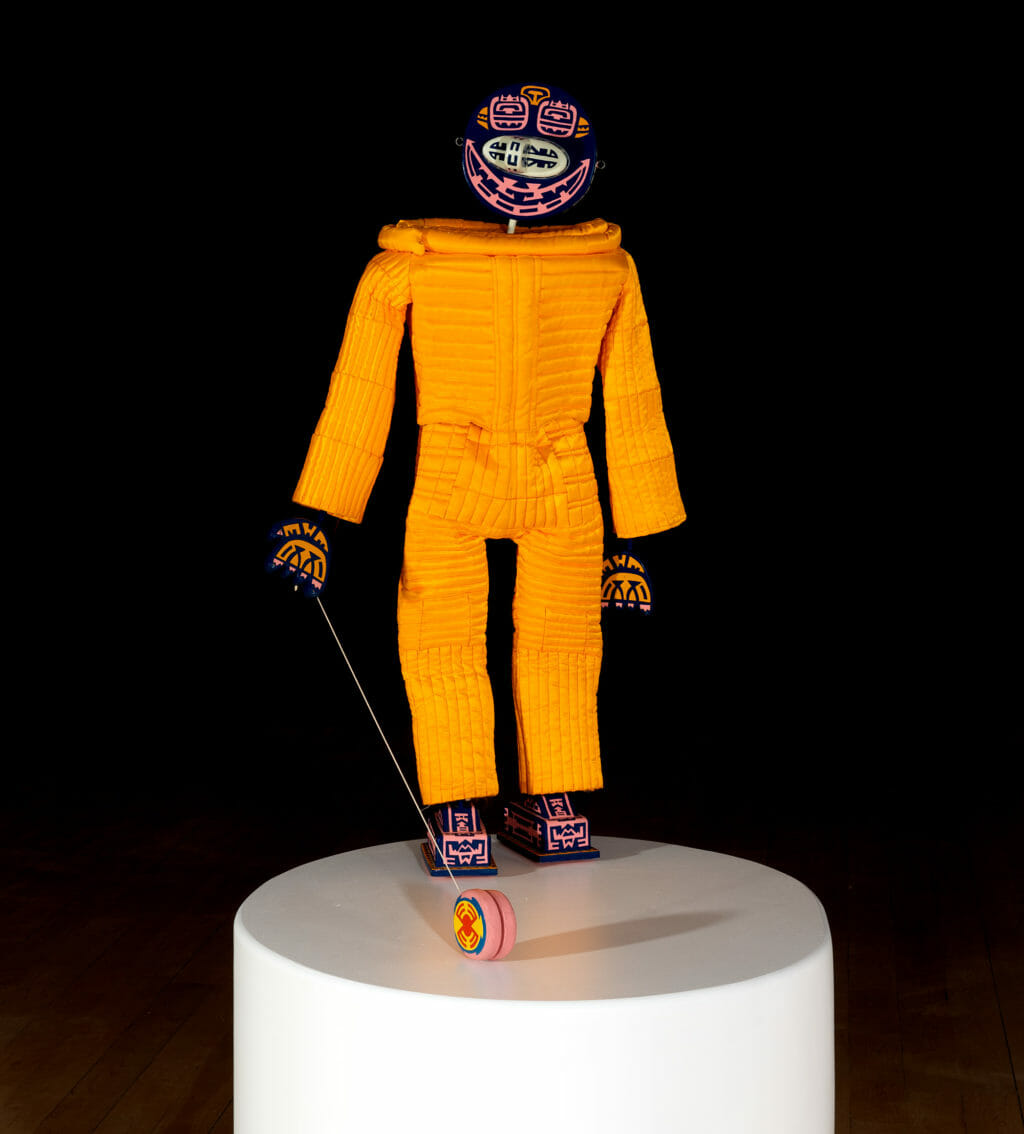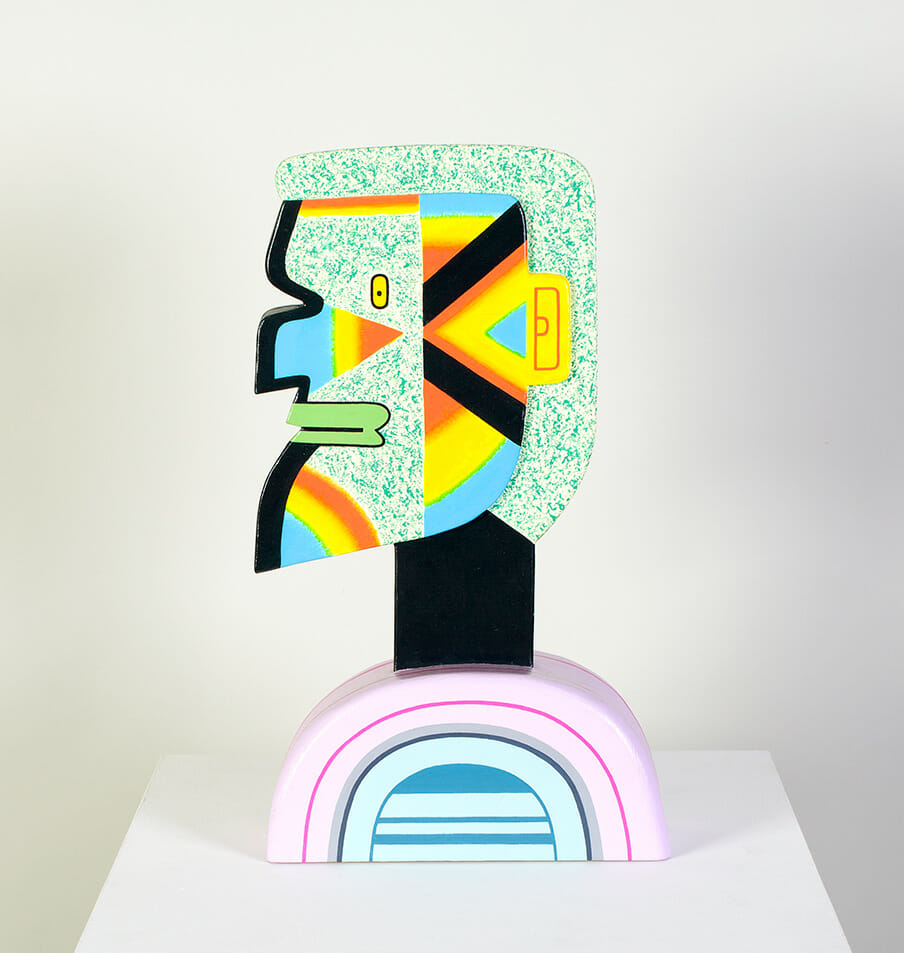
Karl Wirsum
Born: 1939 (Chicago, IL, United States)
Died: 2021 (Chicago, IL, United States)
When he was a child, Karl Wirsum enjoyed cartooning and attended classes at the School of the Art Institute of Chicago (SAIC). As a young adult, he knew SAIC would be a good fit to continue his studies beyond high school. He enrolled in 1957 with the intention of entering the comic book industry. While a student, Wirsum enjoyed taking trips to the Field Museum and felt particularly drawn to totems and transformational masks from people native to the American northwest coast. After finishing his bachelor’s degree (1961), Wirsum traveled to Mexico and the trip further solidified his enthusiasm for indigenous art forms and the realm of art outside a gallery or museum.
In 1966, Don Baum suggested that James Falconer and Jim Nutt include Wirsum in the group exhibition they were organizing at the Hyde Park Art Center. Though Nutt admired Wirsum’s work, they had not yet met. Wirsum became a welcome addition to the existing group that included Falconer, Nutt, Art Green, Gladys Nilsson, and Suellen Rocca. Once unified, the group struggled to find a name that appropriately exhibited the coolness they wished to exude. While gathered in Nutt and Nilsson’s living room one evening, several of the group members were chatting exuberantly about the WFMT radio host and art critic, Harry Bouras. Feeling lost in the conversation, Wirsum exclaimed, “Harry who?” As the conversation dissolved into renewed laughter, the group decided their exhibition would be called the Hairy Who in a further play on words and a cue into the surreal humor of the exhibition. Though he had had several solo exhibitions prior to the Hairy Who’s inaugural exhibition, exhibiting with the group gave Wirsum his first critical responses.
Wirsum has a distinct connection to Chicago’s music, particularly jazz and blues. He enjoyed taking trips to the Maxwell Street flea markets, not only for the assortment of curious objects, but also for the musicians who performed at the market. A painting of Screamin’ Jay Hawkins that Wirsum made in 1968 demonstrates his ability to communicate sound and character with energetic visual forms. The symmetric image with its upbeat rhythms of color and pattern would become the album artwork for the 1970 reissue of Hawkins’ album Because Is In Your Mind (Armpitrubber).
Wirsum’s iconic style involves a process of free association and can be recognized for its flatness of form, dynamic lines, bold coloration, and refrain from painterly expression. In addition to finding inspiration in Mesoamerican art and artifacts, Wirsum has been greatly influenced by graphic comic book illustrations as well as toys made by his father, who worked as a machinist. Wirsum also shared an interest in reverse-painting Plexiglas with his peers Ed Flood, Jim Nutt, and Barbara Rossi, all of whom appreciated the medium for its smooth, machine-like surface. In the 1970s, Wirsum began to experiment more frequently with sculpture and his forms leapt from their two-dimensional surfaces to true animations as playful, three-dimensional wooden figures and marionettes.
With the exception of a brief teaching position at Sacramento State College in the early 1970s, Karl Wirsum has been a lifelong Chicagoan. He still lives and works in the city today.
Artworks

Measle Mouse Quarantined From His Fans
1980

Between the Space of Flowers They Tied the Rocks to Attention
1998

Untitled (Study for You Scratch My Back and I’ll Scratch Yours)
1979-80

envelope for Dancing Hare Toddy and Dancing Kong Tamari
1980




















